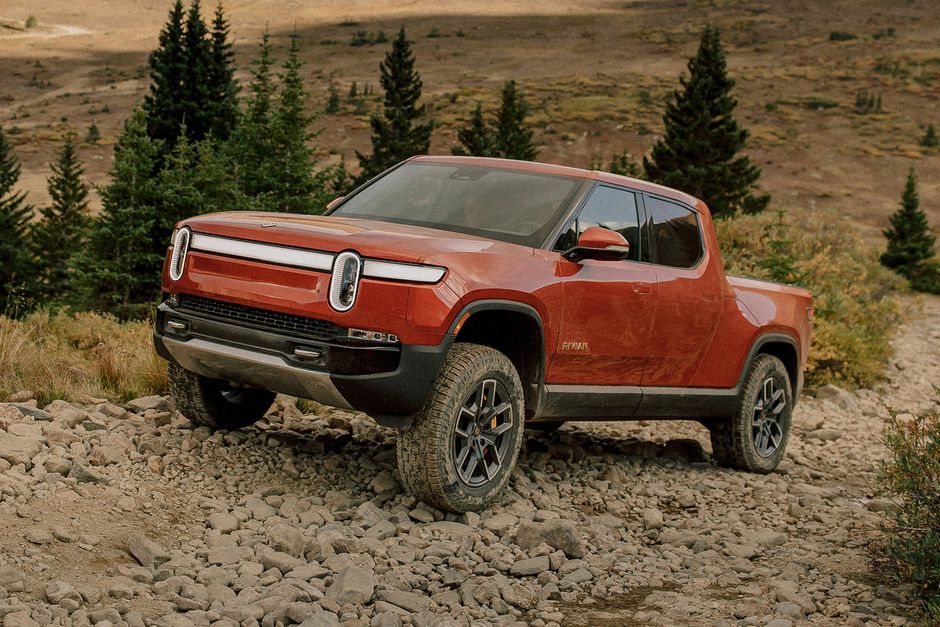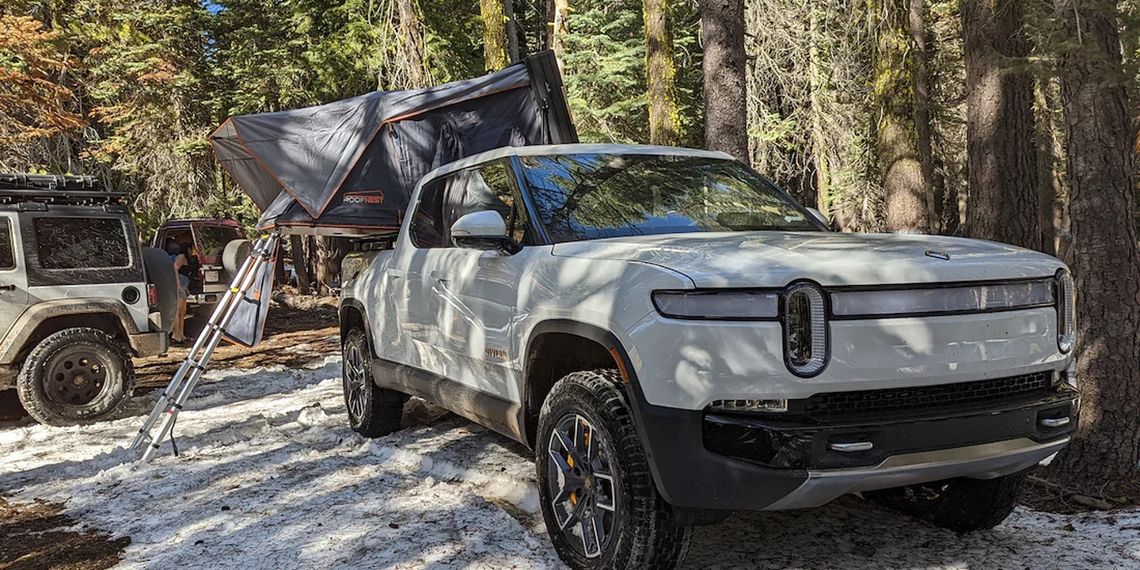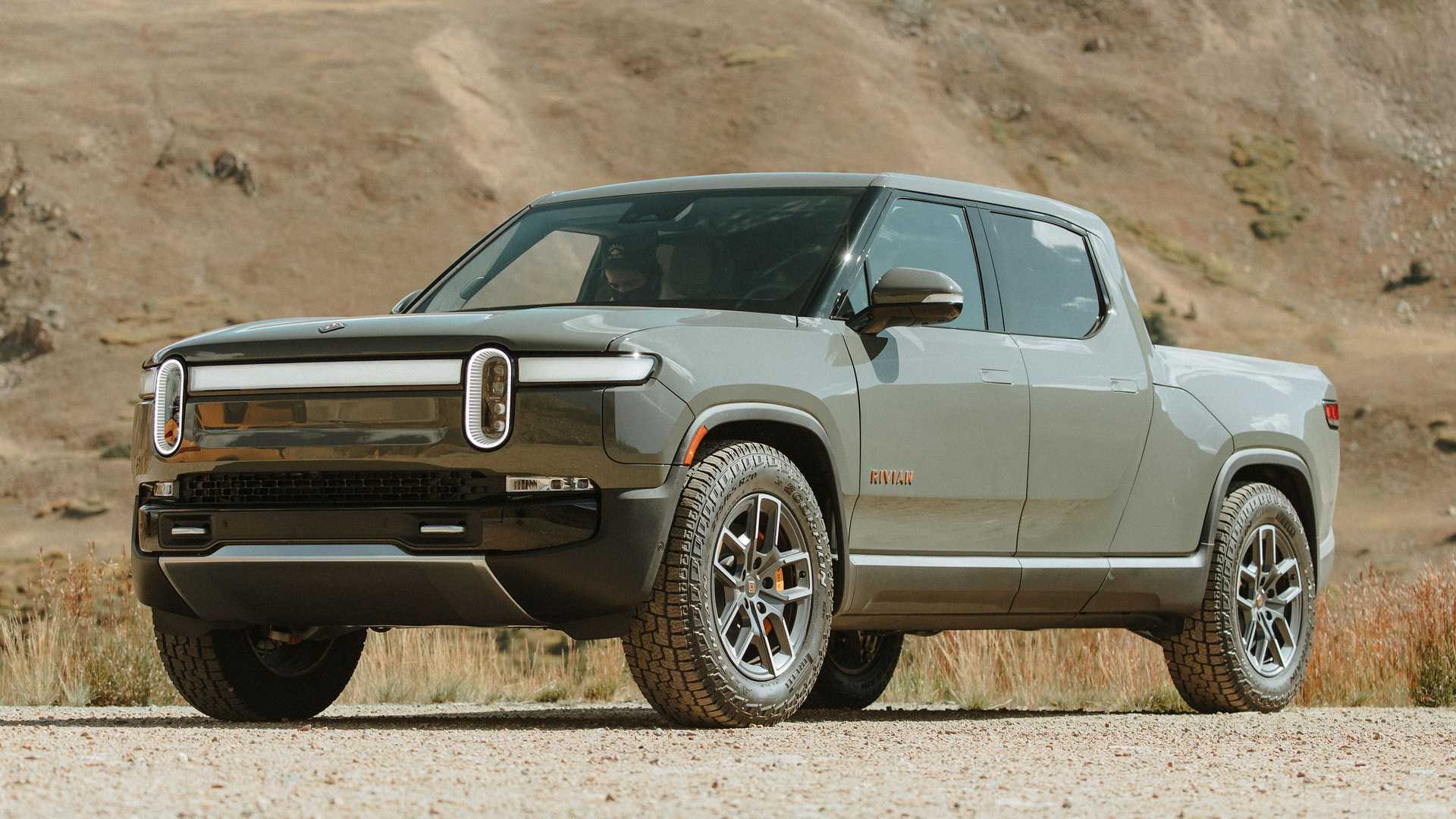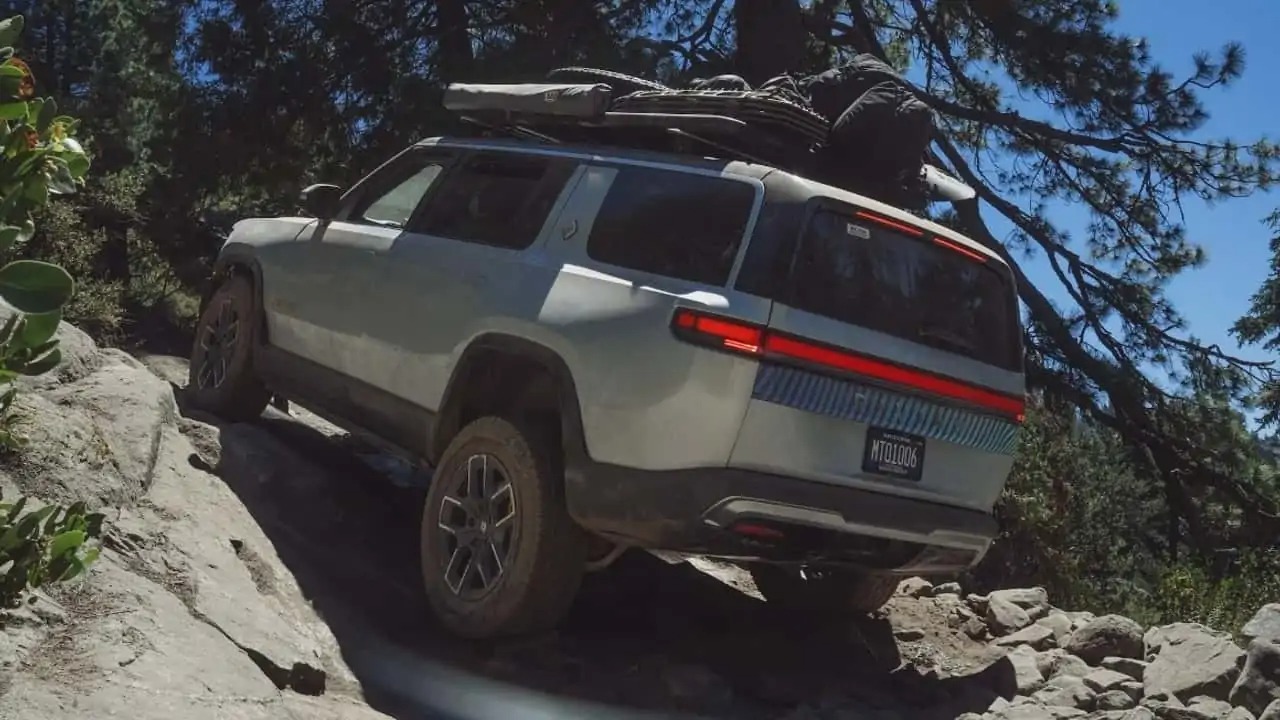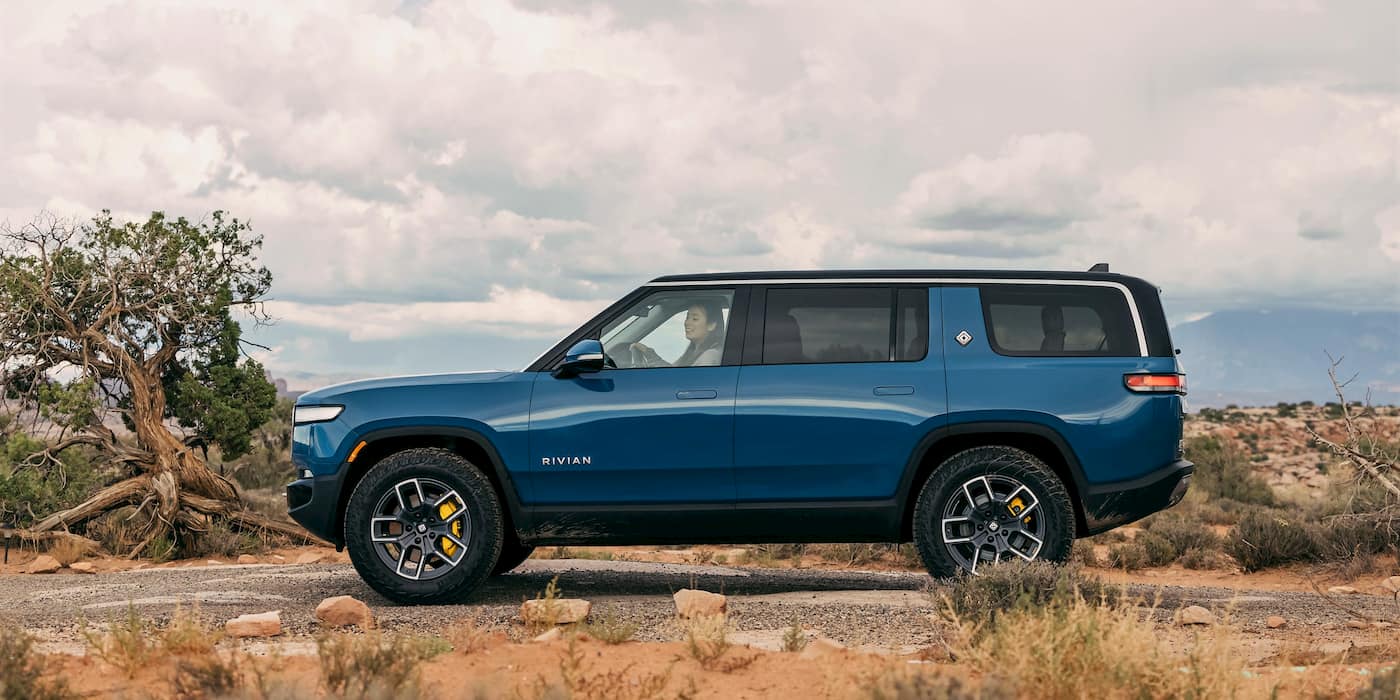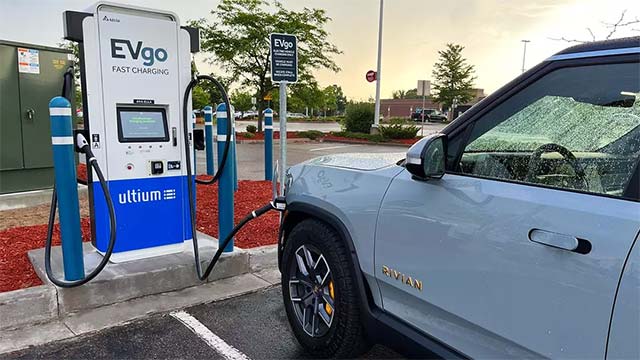In the realm of cutting-edge electric vehicles, the Rivian R1T and R1S have garnered significant attention for their powerful performance, impressive range capabilities, and distinctive design. While these EVs offer an exhilarating driving experience, recent reports suggest a notable issue with tire wear that owners have encountered, shedding light on the complexities of EV engineering.
Owners of the Rivian R1T and R1S have taken to online forums to discuss an unexpected concern – accelerated tire wear, particularly in the front tires. Some have even reported replacing their tires after a mere 6,000 miles, a considerably shorter lifespan than anticipated given the factory-fitted Pirelli tires’ advertised warranty of up to 50,000 miles.
Notably, these vehicles are characterized by their substantial size and weight, attributed largely to their sizeable battery packs. Consequently, the observation of increased tire wear isn’t entirely surprising, considering the substantial load these tires bear. However, a deeper analysis reveals that the matter is more intricate than the sheer mass of the R1T and R1S models.
The driving mode dubbed “Conserve,” a feature aimed at maximizing the vehicles’ range, has emerged as a potential contributor to the accelerated tire wear phenomenon. When activated, the Conserve mode shifts the EVs from their default four-wheel drive configuration to a front-wheel drive setting while simultaneously lowering the ride height. While this transition conserves energy and enhances range, it appears to trigger unintended consequences in terms of tire wear.
The dynamic shift to a lower ride height has been identified as a factor inducing “toe-in” and increased “negative camber” in the front tires. These alterations in alignment are known to hasten tire wear and contribute to uneven deterioration. One owner recounted that, after driving approximately 6,000 miles in Conserve mode, the front tires exhibited an entire millimeter more wear compared to the rear tires. Consequently, Rivian has reportedly advised owners against engaging the Conserve mode for extended distances. Additional issues related to the stock alignment have also been reported by some owners.
See also: Comparison Between Tesla Cybertruck and Rivian R1T Reveals Size Differences Ahead of Deliveries
serve mode delivers enhanced range performance at the cost of accelerated tire wear. Owners are now faced with a decision: to opt for extended range or to prioritize tire longevity. A suggested solution for those seeking to strike a balance between range preservation and tire maintenance involves opting for a more “toe-out” alignment, a choice that could mitigate the tire wear effect while driving in Conserve mode.
Regular tire rotation has also been recommended to alleviate wear discrepancies. Nevertheless, it remains evident that the weight and characteristics of these EVs inevitably lead to more pronounced tire wear, a reality that owners must consider as they navigate the unique attributes of their Rivian R1T and R1S vehicles.

